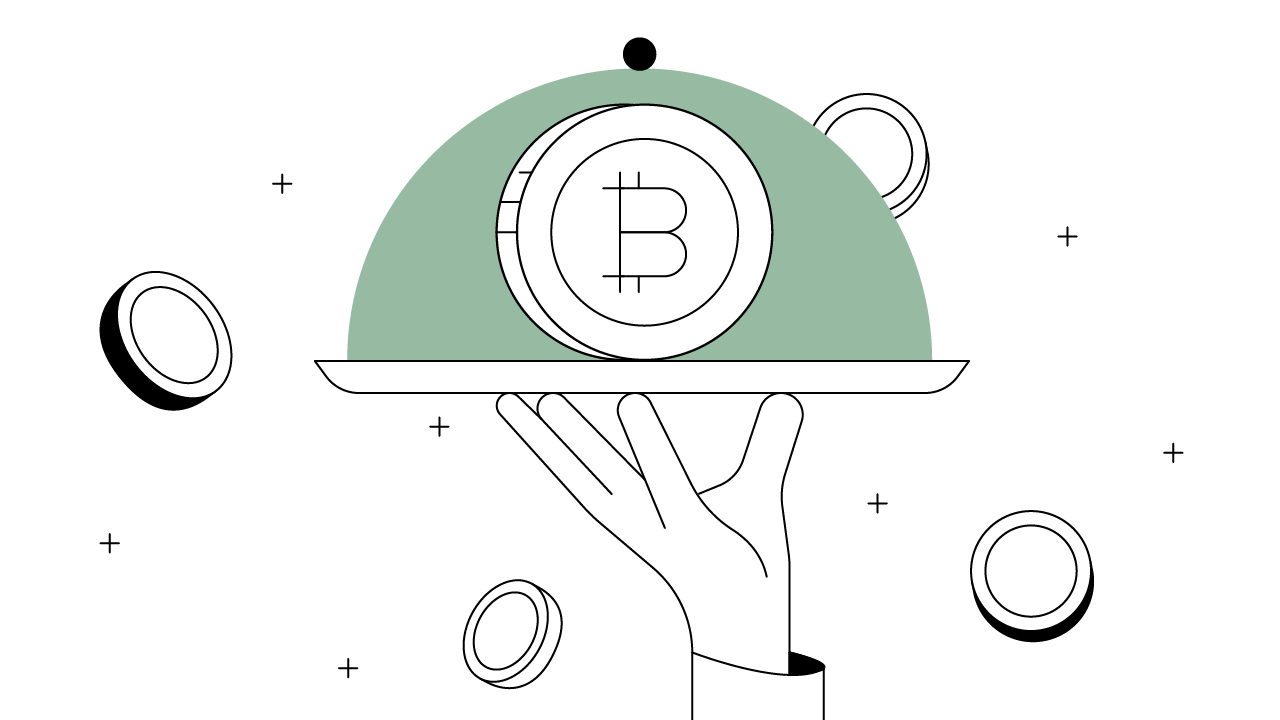Contents
What’s the Difference Between Trading and Investing?
Investing and trading form the bedrock of the investment community, but a surprising number of people can't differentiate between the two. Let's take a closer look.
Updated June 28, 2022 • 4 min read

Summary
Did you know that there’s a difference between investing and trading? If so, can you articulate what that difference is? If you are experienced in financial markets, then of course your answers are “Yes,” and “Yes.” But newcomers to finance often lump these roles together. In fact, in some ways they’re fundamentally opposed. Together, investing and trading form the bedrock of the investment community so it’s important to know the difference, whether you’re looking to get into the field or just trying to understand your company’s retirement plan.
Contents
The TLDR on Trading vs. Investing
To start with the similarities, both investors and traders want to make a profit. Their end goal is the same but their means to that end are quite different. Investors generally buy securities to hold for a long time, hoping that their value will appreciate over time. Traders, on the other hand, like to take advantage of rising and falling markets to buy and sell during a shorter period, generally taking smaller but more frequent profits than investors.
Legacy Investing 101
The iconic investor Warren Buffett wants investors to understand that when they buy a stock, they aren't simply buying a number, rather, they're buying a portion of a tangible business along with the future earnings it may generate. Because investors are in it for the long haul, a savvy investor would be less inclined to sell off their shares in a great company that happened to have a bad year or quarter. Buffet sets a good example of long-term investing: From 1996 to 2014, Berkshire's Hathaway’s (Buffet’s company) stake in two of its star holdings, American Express and Coca-Cola, grew by more than $13 billion and $17 billion, respectively. How? By doing nothing — nothing, that is, except buying and holding these shares for decades.
Today, Buffett still has not bought or sold any shares of American Express or Coca-Cola. There’s no reason to because these companies’ core businesses and abilities to grow huge earnings have not changed — their fundamentals remain solid.
Investing: Tools of the Trade
Chief among the many resources available to investors is fundamental research. This research relies on qualitative analysis, where professional analysts look at the general health of a company. They consider a company’s management, business goals, and strategies, attend its meetings, and rely heavily on analyzing its quarterly and annual financials (forms 10-Q and 10-K, respectively). Fundamental research also uses quantitative tools such as a company’s market capitalization, price-to-earnings (P/E) ratio, dividend payout ratio, dividend yield, return on equity (ROE), and many other variables, both projected and historical. Traders, on the other hand, often use technical research, which tries to predict price movements by examining historical data and has its own set of metrics.
Beyond Stocks and Bonds: A Look at Asset Classes
Investing, of course, is not just about stocks. Historically, the three main classes of investable assets have been equities (stocks), fixed income (bonds), and cash equivalents, or money market instruments. Today, however, there are more asset classes including real estate, commodities, futures, other financial derivatives, and crypto investments. Within these asset classes, there are many types of investment products.
Investment Products: Vehicles and Instruments
Investment products refer to all of the stocks, bonds, options, derivatives, commodities, and other financial instruments that you, as an investor, can buy. These products may be classified further by how they are structured. For example, if you’re buying stocks, are they in the form of mutual funds, index funds, or standalone shares of a company? If you have a 401(k) plan through your workplace, then you already are investing — just usually not in standalone company shares, but in baskets of shares, like exchange-traded funds (ETFs).
There are different products for institutional and individual investors, and they may be customized to reflect various investing styles, risk tolerances, goals, and time horizons. Regardless of their product mix, investors purchase investment vehicles for their potential to appreciate capital and pay distributions over an extended period.
Legacy Trading 101
Compared to the buy-and-hold research-heavy approach of investing, trading is typically a faster, more action-oriented process. It’s not that traders perform zero research or due diligence concerning the products and companies they trade — in fact, they usually rely on fundamental analysts for that — it’s more a matter of their skill sets and toolboxes being different. On the trading floor, traders are prized for their speed and quick thinking. They are constantly juggling multiple potential strategies and techniques, either singly or in combination, in an effort to reap the largest profit for their clients.
Generally, trading is a lot more technical and quantitative than investing. Some traders use graphs, charts, ratios, averages, and other mathematical indicators almost exclusively as they determine what assets to buy, sell, or hold. Further, the world of trading comes with numerous order types with names like “all or none” and “fill or kill.”
Another distinguishing factor of traders is their actual trading styles, which may broadly reflect one of these categories:
Position trader: Holds positions from months to years
Swing trader: Holds positions from days to weeks
Day trader: Holds positions throughout the day only; no overnight positions
Scalp trader: Holds positions for seconds to minutes; no overnight positions
Frequently, trading involves opportunistically purchasing an asset only to turn it around and sell it immediately if you’re a scalp trader, or a few days later if you’re a swing trader. Because of its quick in-and-out nature, trading can be riskier than investing. For instance, say you have a hunch that Tesla might come out with a new and more efficient battery to power its electric vehicles. Going with this hunch, you buy shares of Tesla, betting that if they do announce a new battery, then shares of their stock will rise. If the trade goes your way, then Tesla shares do rise and you may lock in a profit by selling them quickly. If the news fails to impress the market, however, then you can face big losses. Another differentiator between trading and investing is that the gains on short-term investments tend to have larger tax consequences than those of long-term investments.
Crypto Investing and Trading
The reason we call the above sections “legacy” is that they refer to the traditional disciplines of investing and trading — that is, before the existence of crypto. Investing and trading in cryptocurrencies differs from the older tradition in many ways, including the following:
With crypto, you usually don’t own a piece of a company like you do with stock. The rare exceptions to this are security token offerings (STO), which could potentially grant the owner an equity share of a company.
Purchasing traditional securities is a much slower and more complex process than buying and selling crypto. For example, in less than ten minutes, you can transfer digital assets from an exchange to your private wallet.
In the U.S. and most developed countries, crypto asset trading is not as heavily regulated as securities. Even so, there are a number of well-regulated crypto trading platforms.
You may use numerous crypto investment and crypto trading strategies (selling short), along with some order types (stop-loss) and investment products (options). But, essentially, only the most basic concepts of traditional investing and trading currently translate directly to crypto:
Crypto investment is still primarily for a longer-term outlook. You buy digital assets and hold them for a relatively long time, which in crypto-time might be just one-to-three years, hoping they’ll appreciate in value.
Crypto trading strategies focus on faster turnarounds to try to gain a profit. While it still can be days, weeks, and quarters, it’s frequently less than minutes or even less than seconds.
The major conceptual similarities end here, though. Ultimately, crypto trading strategies borrow from the legacy disciplines when and where they can. But for the most part, cryptocurrency is a brand new asset; along with a new infrastructure and some unique investing methods.
Cryptopedia does not guarantee the reliability of the Site content and shall not be held liable for any errors, omissions, or inaccuracies. The opinions and views expressed in any Cryptopedia article are solely those of the author(s) and do not reflect the opinions of Gemini or its management. The information provided on the Site is for informational purposes only, and it does not constitute an endorsement of any of the products and services discussed or investment, financial, or trading advice. A qualified professional should be consulted prior to making financial decisions. Please visit our Cryptopedia Site Policy to learn more.

Is this article helpful?
 Powered by
Powered by 


